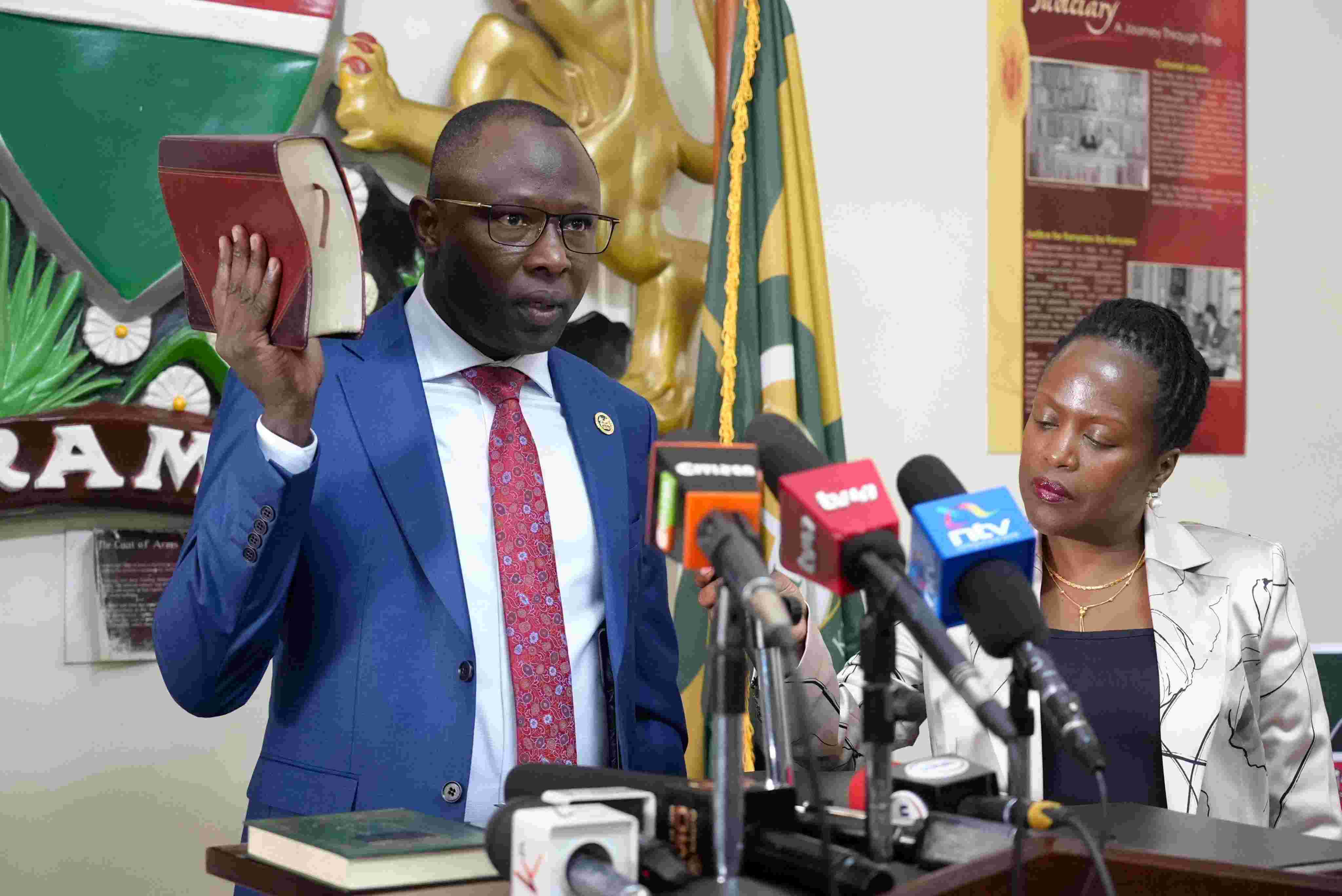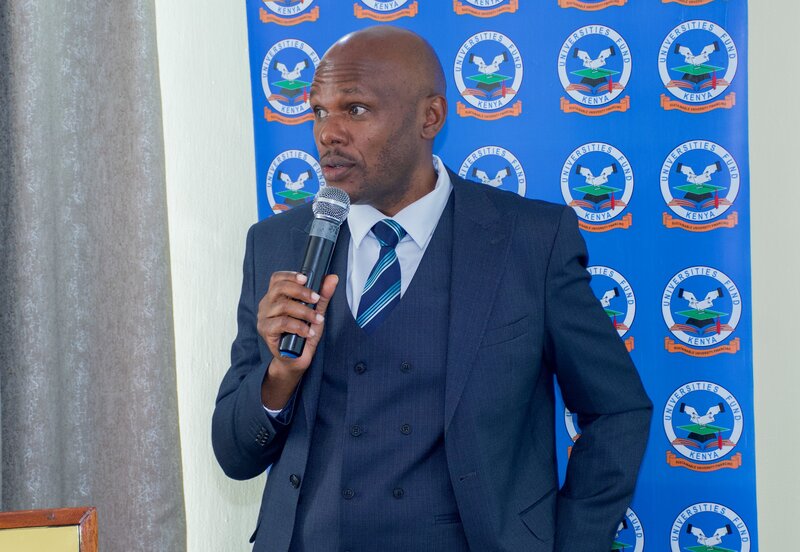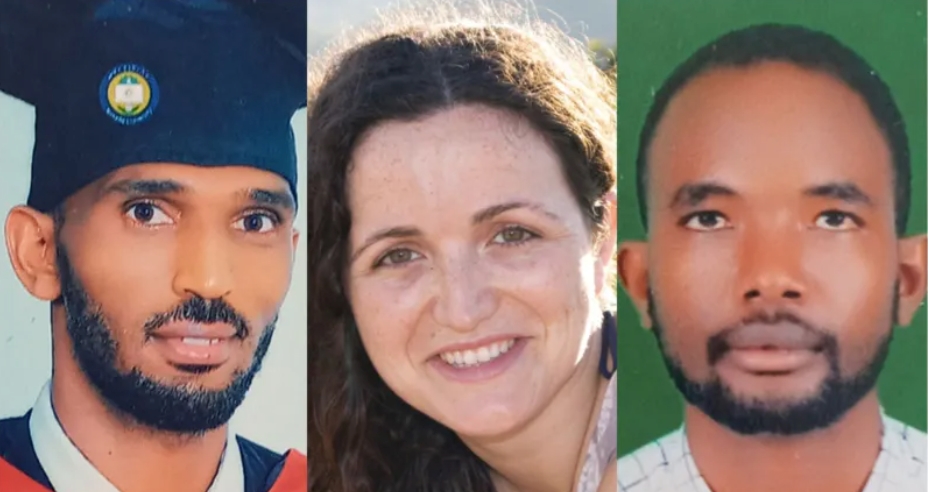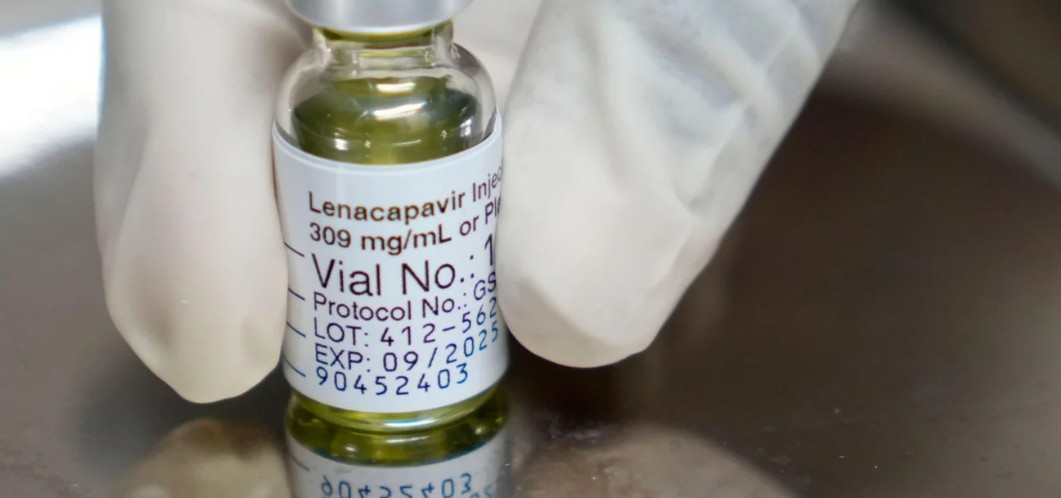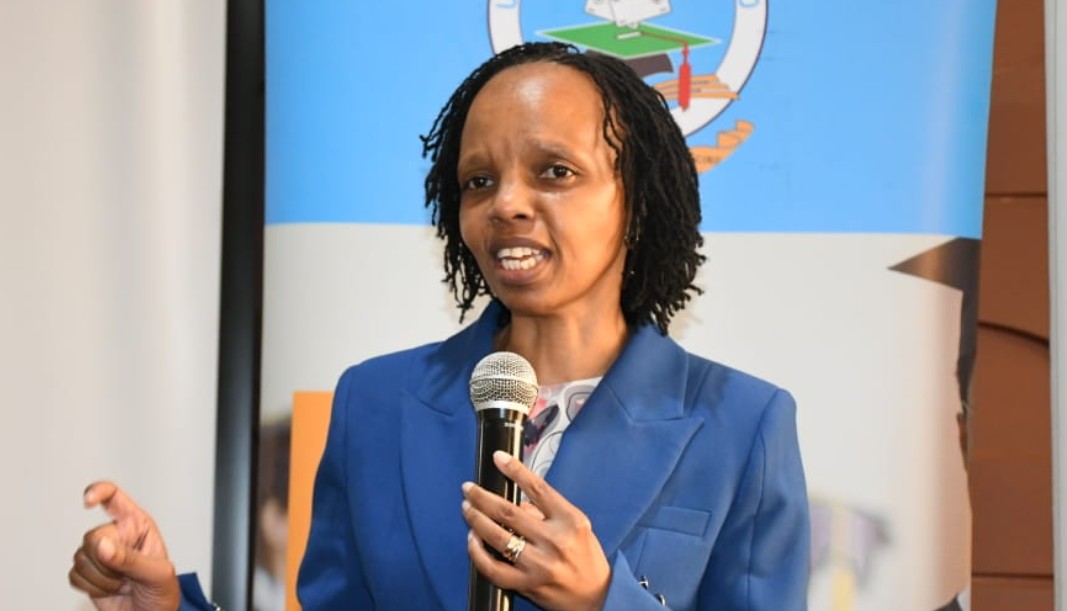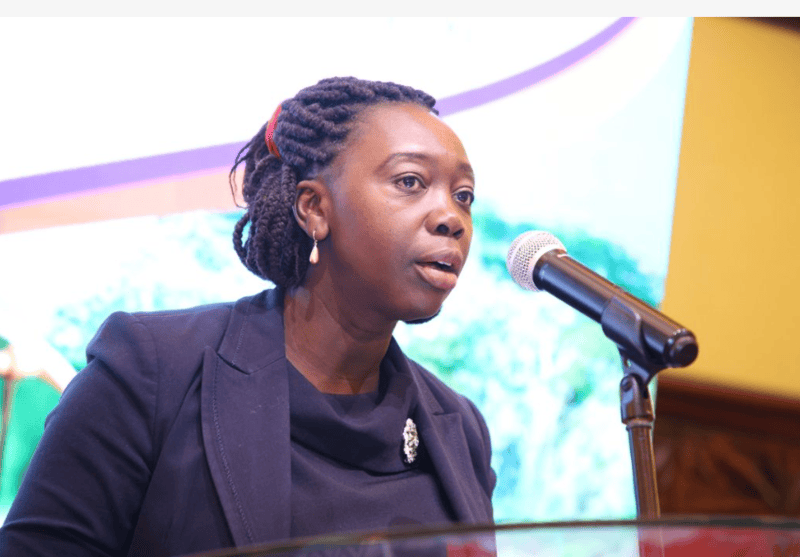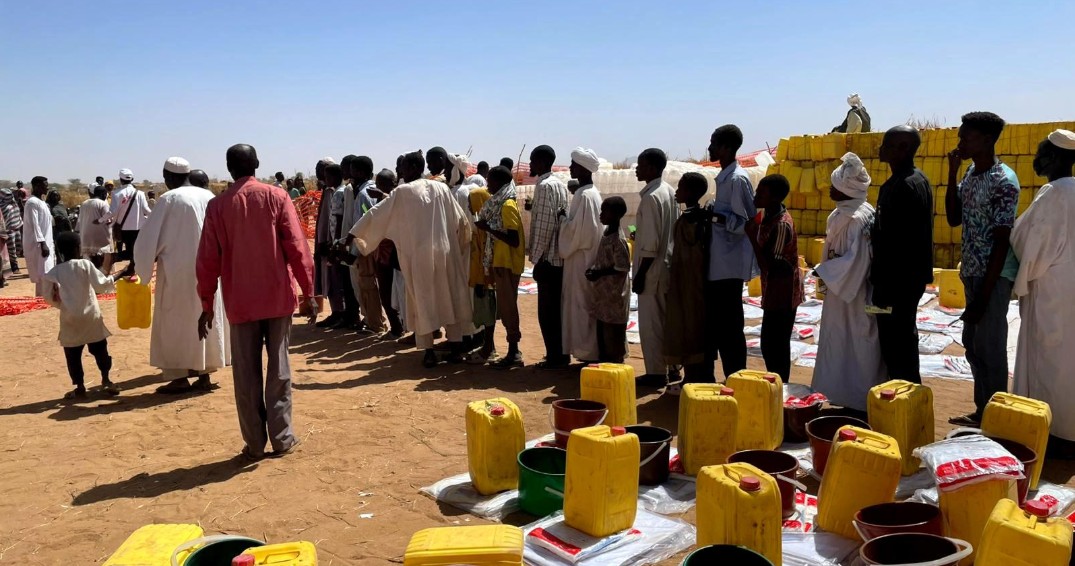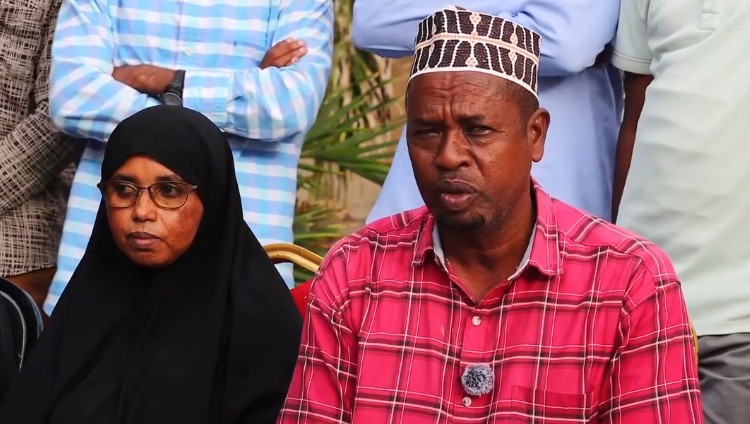State to link Inua Jamii payments with civil records to curb fraud
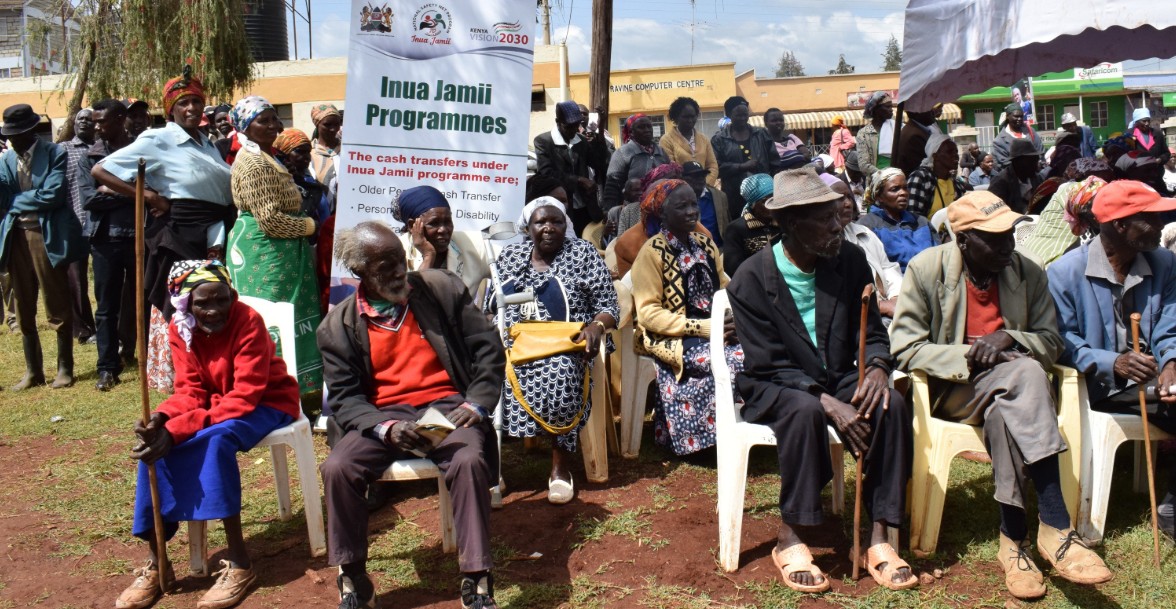
The government allocated Sh47.8 billion to the programme for the financial year that ended in June.
The government is set to merge the Inua Jamii cash transfer system with civil registration data in a bid to halt payments to dead beneficiaries and curb misuse of public funds under the programme.
The State Department for Social Protection announced on July 14 that the Inua Jamii database will soon be integrated with the Civil Registration Services (CRS) to enable automatic detection and removal of deceased individuals from the beneficiary list.
More To Read
- State to link Inua Jamii cash transfer system with civil registry to eliminate ghost beneficiaries
- Treasury injects Sh12.5 billion into Inua Jamii to sustain cash transfers for vulnerable Kenyans
- Millions to benefit as social protection budget increased to Sh41.4 billion
- Sub-Saharan Africa tops global list with 827 million people lacking adequate social protection
- Government releases Sh3.52bn for Inua Jamii payout to 1.7 million vulnerable Kenyans
- MPs push for inclusion of more elderly Kenyans into Inua Jamii despite budget constraints
The move follows concerns that funds have continued to be disbursed to people who died long ago.
“Going forward, the state department has planned to integrate the CCTP-MIS (Consolidated Cash Transfer Programme Management Information System) with the CRS database to automatically identify deceased beneficiaries,” the department said.
This link is expected to help the system flag and exit such individuals from the programme.
Inua Jamii currently reaches 1.76 million vulnerable people across the country, including persons with disabilities, poor households, and orphans, through monthly cash transfers. The government allocated Sh47.8 billion to the programme for the financial year that ended in June.
However, past audit findings raised red flags over ongoing payments to beneficiaries who had died, sparking concerns in Parliament. MPs recommended that physical headcounts be conducted every two months to verify that those receiving the funds were still alive.
Auditor General Nancy Gathungu had flagged the issue in earlier reports, noting that the State Department for Social Protection had acknowledged the system flaws. These weaknesses, she said, had led to the continued disbursement of money to deceased persons.
The department admitted the problem, stating that while some funds had been recovered through clawbacks, the concerned beneficiaries had not been formally removed from the system due to ongoing upgrades to the payment module.
“It is true that beneficiaries whose funds had been clawed back have not been exited, and the reason for this is that the payment module under the CCTP-MIS has been undergoing enhancement to provide automatic service of exiting households of beneficiaries,” the department explained.
Typically, funds are transferred to holding accounts in six contracted banks for direct disbursement. However, the accounts sometimes hold balances from previous cycles, including money from failed credit transfers and clawbacks.
While failed transfers are reloaded into the next cycle, money from dormant or inactive accounts is eventually returned to the National Treasury.
The department also revealed that efforts to strengthen the payment system were triggered by incidents where caregivers reappeared to collect funds after changes in caregiver arrangements for people with disabilities and vulnerable children.
Top Stories Today



